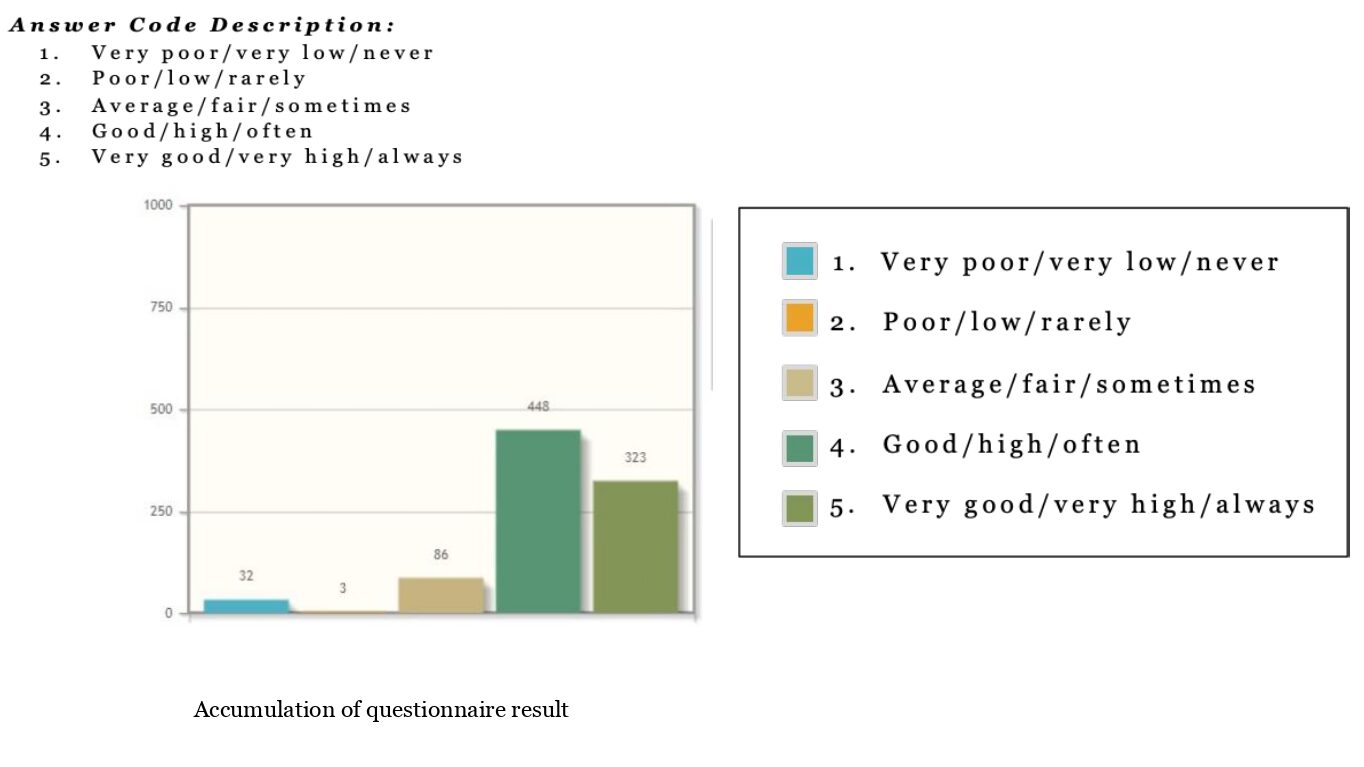Indonesian People and Culture
Overview
Course Code
SBF60001
Credits
2
Semester
I
Frequency
Odd
Type
General Course
Class Size
30
Duration
16 meetings
Student Workload
77 hours
Contact Hours
35 hours
Independent Study
42 hours
Description
This course aims to provide an understanding of the concept of human and Indonesian culture in the process of forming its diversity and the process of acculturation of Indonesian culture and its development in order to build awareness of the cultural values of the Indonesian nation.
Course Content
- Understanding the Meaning of Culture and Civilization Values, Norms, Customs and Traditions
- 7 Elements of Culture
- Language System
- Arts and Artistry
- Women and Culture
- Multiculturalism
- Cultural Strategy
- Variety of Indonesian Culture
Reference
Primary Literature
- Koentjaraningrat. Pengantar Ilmu Antropologi. 2009. Rineka Cipta.
- Ihromi, T.O. Pokok-pokok Antropologi Budaya. 2006. Yayasan Obor Indonesia.
- Haviland, William A. 1985. Antropologi Jilid 1. Jakarta. Erlangga
- Anderson, Benedict. Nasionalisme Indonesia: Kini dan Masa Depan.
Supporting Literature
- Suparlan, Parsudi. 2003. Bhinneka Tunggal Ika: Keanekaragaman Sukubangsa atau Kebudayaan?. Antropologi Indonesia
- Ahimsa-Putra, Heddy Shri. 2012. Budaya Bangsa: Peran untuk Jati Diri dan Integrasi. Yogyakarta.
- Etnovisi, Jurnal Antropologi Sosial Budaya. 2006. Medan.
- Sumardjan, Selo. 2021. Otonomi Desa Adat. Jakarta.
- Abdullah, Irwan. 2001. Penggunaan dan Penyalahgunaan Kebudayaan di Indonesia: Kebijakan Negara dalam Pemecahan Konflik Etnis
- Wieringa, Saskia. The Birth of The New Order State in Indonesia: Sexual Politics and Nationalism. 2003. Muse Project.
Assessment System
Assessment Matrix
- Activeness 15%
- Assignment 20%
- Quiz 10%
- Presentasi 15%
- Midterm Exam 15%
- Final Exam 25%
Peer-Assessment
The percentage of student contribution is taken from the score given by group members to other group members (peer-assessment) regarding the contribution in the process of working on the task from beginning to end.
- Score 100% if the assessed member fully participates from start to finish
- Score 75% if the assessed member participates actively, although sometimes less involved
- Score 50% if the assessed member participates, although often not involved
- Score 25% if the assessed member only appears at the beginning/middle/end only
- Score 0% if the assessed member is not involved at all
- The student contribution percentage score is the total number of peer-assessments divided by the number of group members who were assessed
Students Feedback


